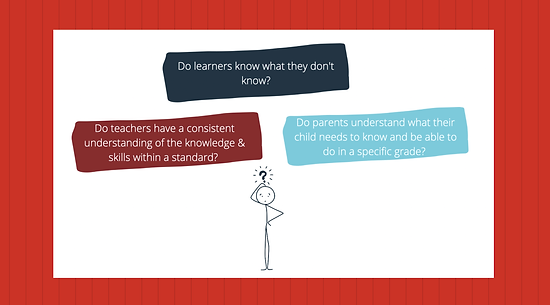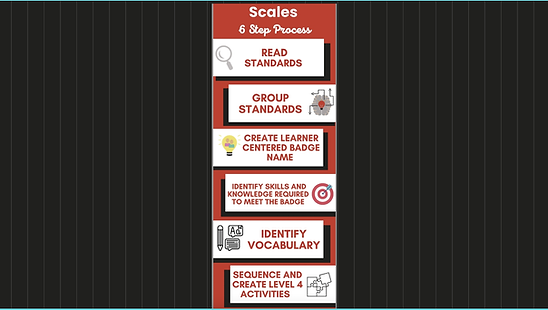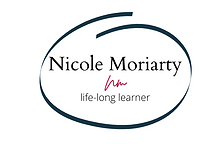

Assessment as Learning
What if we were able to change how we looked at assessment? What would happen if we included the most important people in the assessment process? What if we included them in engaging in meaningful feedback that empowers them to illuminate their paths forward? What would happen if we encouraged learners to be co-assessors with their teachers, where they identified their strengths, outlined their limitations or areas of growth, crafted goals and monitored their progress? What would it look like to ask our learners to reflect on their progress and growth? Would this simple act support a learner as identifying as such and what would this mean for their future success?
The focus on assessment for learning emphasizes deeper learning, learning how to learn, collaboration, reflection and self evaluation. Exactly the skills, competencies and dispositions we are seeking to cultivate in all of our learners.
See the shift from standards-based report cards to assessment tools that promoted self-evaluation by learners and supported them in knowing what they needed to know and be able to do in order to meet the success criteria.
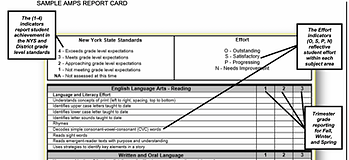

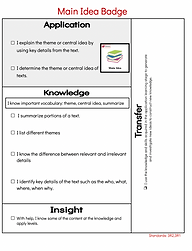
Making the implicit explicit in the early grades...
In line with the research around academic mindsets, implementing a badge book system in Prek-2 supports learners in celebrating their efforts and subsequent growth. It also makes learning very visible, learners are able to see and understand the learning criteria, providing them with the opportunity to blaze their own paths.
The video will give you a glimpse into the impact badge books can have in a Kindergarten setting, while the 2nd grade badge book highlights how standards can be broken down into success criteria that can be clearly stated in learner language for our littlest learners.
John Hattie explains that the act of raising skills and knowledge to be learned to the conscious level helps us reverse the curse of knowledge that occurs when one has achieved mastery in a skill. This curse of knowledge is something that we adults often face and forget the tiny steps we took to learn a new skill.

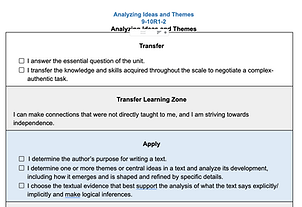
Making the implicit explicit in the upper grades...
Learners can continue their journey with learner portfolios. In the younger grades this may look like a tangible portfolio replete with the learners work, whereas in the upper grades we begin to transition to online platforms, where learners create websites. Regardless, learners are capturing their unique strengths while continuing the reflection process.
The use of proficiency scales support learners in understanding what they have accomplished, what they need to continue working on and what they are going to do about it!
Proficiency scales are merely a tool that outlines the expectations of the priority standards. It is a great way for teachers to communicate with both the learners and the families about where a child is in the progression of learning a skill.
Through the creation of measurement topics, the proficiency scales can be aligned from 3rd grade to 12th grade creating a longitudinal look at a learners progress over time.
Proficiency scales in mathematics?
Why not?
Everything we learn as humans is a skill. Each skill can be unpacked into smaller sub-skills required to master the more complex skill. Again, this can be related to the academic mindsets and Gordons Ladder that the more something is deliberately practiced the deeper the learners will learn it and become fluid in it.
Take a look at the first iteration of the math proficiency scales for Grade 3 and 8th grade Algebra.
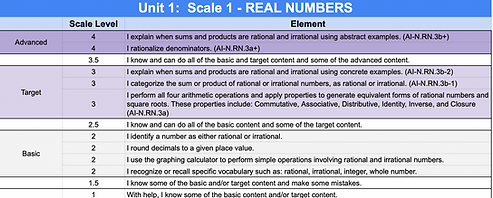

Feedback that feeds forward...
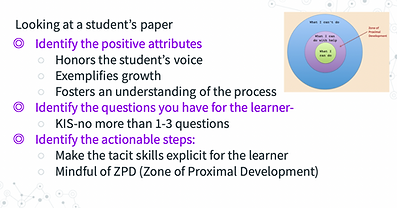
Shifting feedback to information that feeds forward is essential in the growth model outlined above. We move from giving feedback on the past, and instead focus on future actions that we are able to control. In this feedback model, learners are regenerating their talent, expanding possibilities, and continually challenging themselves in a cycle of continuous improvement. A major premise of this work is to reframe mistakes as an opportunity to grow. In addition, learners are able to reside within the practice zone where specific feedback is provided to support growth. Eduardo Birceno explains how to reverse the impact of performance on getting better at something.
Working with Learner Centered Initiative in Long Island and Kate Roberts, we learned how to conference with learners and use a new model of feedback that honored their voices, asked questions, and provided actionable steps for them to grow immediately.
How might we make learning visible?
